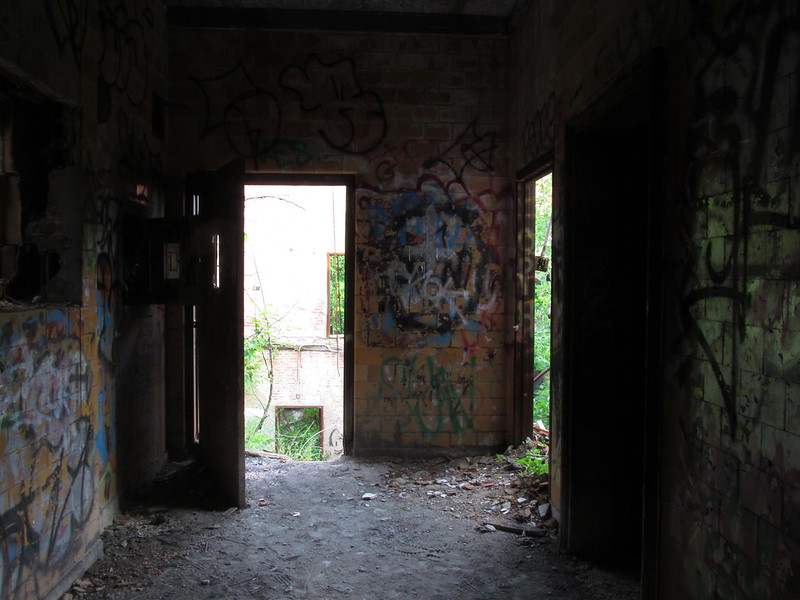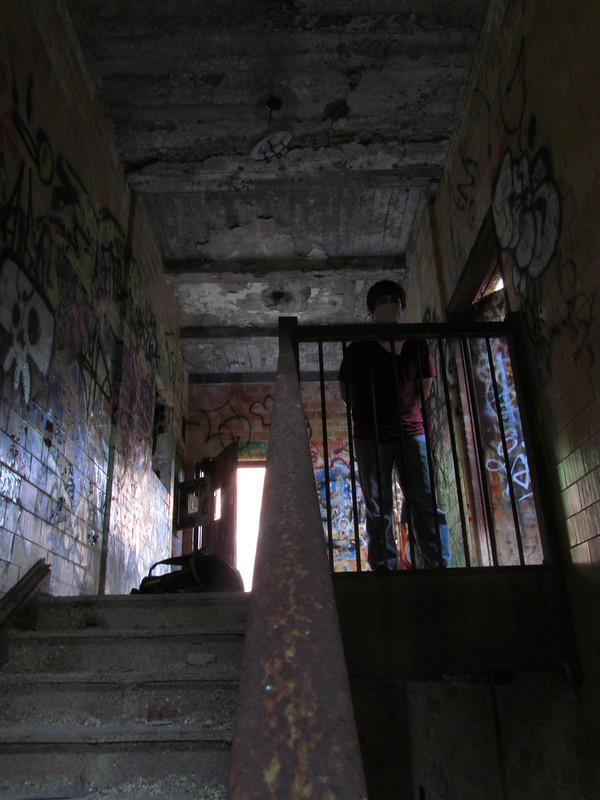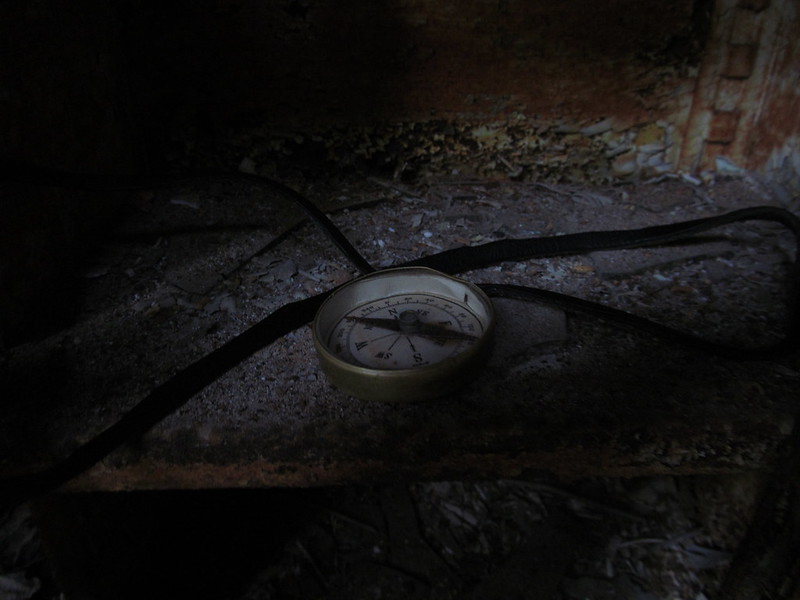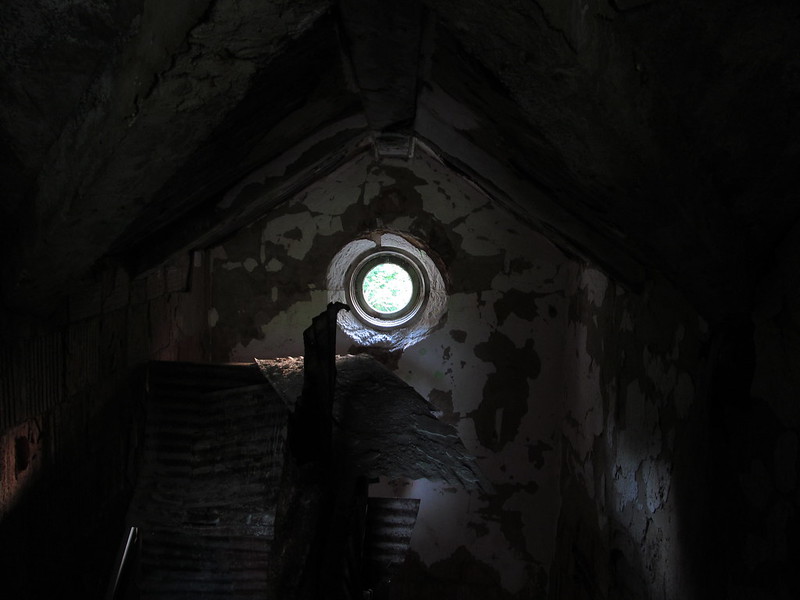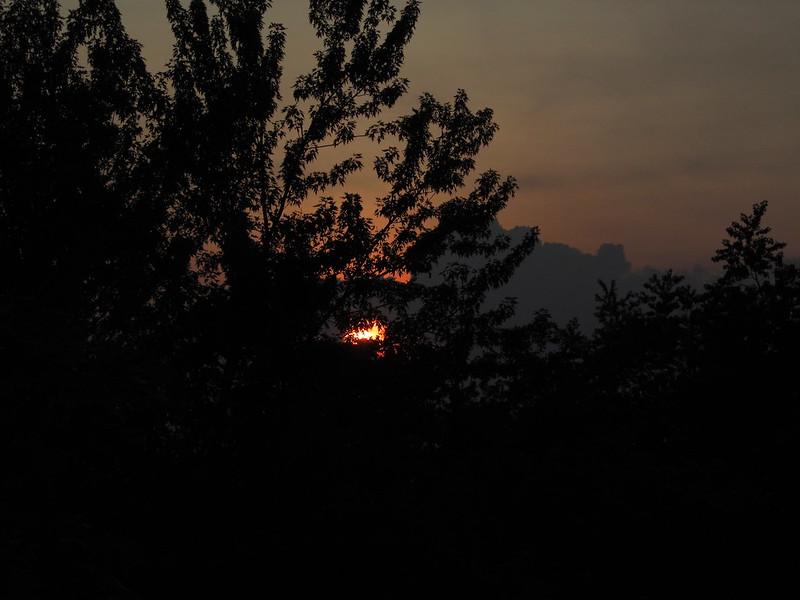Answer: Very Stealthily
Not much coverage has hit the Kissena park drains in the past few years other than three teenagers going down there and getting stuck (they were charged with criminal trespass), and a girl falling 15 feet down an open manhole. I was nearly certain the latter event eradicated any possible access to this site. The area surrounding the manholes had bits of construction and yellow tape, which I assumed explorers must use as barricades around the open manholes, However, even though my experience with storm drains revealed that they can be boring, the prospect of an underground river excited me. When I visited the park during the day, I could hear the waters rushing underground, tempting me to come down.
Flash forward and it is 9PM in Queens. My companion is using his full force to bend the manhole lid upward. Unfortunately, it is much heavier than we assumed it to be. To make some fine adjustments to the angling of the manhole cover, he uses his fingers, and tells me,
"If this manhole drops on me, I need you to cut off my fingers."
"Don't say things like that!" I cried out in shock, mentally envisioning his detached extremities.
"I'm being serious," he responded, and carried on his work, only to have our manhole, which we worked so hard to bend, fall back into place, almost snapping onto his fingers but missing by barely a second.

My exploring partner managed to conceal his crowbar in Times Square station by hooking it around his shoulders, and it blended in with his coat. We took to the park together, located the only unobstructed manhole, and opened it. During our fifteen minutes of prying into the manhole, a man came by, walking his dog.
"I love this city," I said with a laugh because the man walked passed us without comment, and I made kissing noises toward the dog. In any other place, I am sure we would be regarded as very sketchy. Finally, after tremendous effort on our parts, the cover was shifted to the side, giving us enough space to squeeze open. My partner put on his headlamp and we descend the rungs, but not before putting a construction barrier on top of the cover so that nobody accidentally walked over the space.
The impressive factor with these drains was the size-they were large enough to drive a truck through. Surprisingly, we even found some graffiti, which is few and far between in NYC storm drains. As we took in our environment, mouths producing chalky breath in the dusty drain, I felt a few drops of rain from overhead.
Now, anyone who knows the fundamental principles of draining will tell you NEVER to explore storm drains when it rains. However, the drain was exceedingly large, our escape route was near, and we didn't come all this way just to be driven back by a light rain, so we trudged onward, pushing our luck.
After a few minutes, the scale of the drain lost its allure, and after we ended up underneath a highway (as indicated by cars thunk-ing over the manhole), we walked back to our entry point, climbed out, put the manhole cleanly back, and went on to explore even more.




















